The following contribution is from another author.
As we move into 2025, interior design is embracing new approaches to small spaces, fueled by the ongoing shift towards compact urban living. With more people prioritising convenience and sustainability, small-space design is leaning into innovation, integrating multi-functional elements and eco-friendly materials. If you’re looking to refresh your small space with an eye on the future, here are some forward-thinking ideas that could shape interiors in 2025.
Multi-Functional Furniture with Smart Technology
Multi-functional furniture is evolving to include smart technology, making it more versatile than ever. Expect pieces that serve dual purposes and feature tech-friendly elements. Imagine a sofa that converts into a guest bed with built-in charging ports and wireless speakers, or a coffee table that doubles as a workspace with a hidden charging station.
By 2025, multi-functional furniture will save space and enhance usability. Designers, inspired by smart homes, will create pieces that adapt to changing needs, reduce clutter, and support a tech-savvy lifestyle.
Enhanced Vertical Storage Solutions with Design Integration
Vertical storage isn’t new, but by 2025, we’ll see better integration of storage solutions into room designs. Think sleek shelving with customisable panels, modular wall storage that switches from open display to hidden cabinets, and wall-mounted wardrobes with sliding screens. These solutions will also enhance a room’s style.
Many vertical storage systems will feature integrated lighting to improve function and aesthetics. These designs will keep floors clear and create a sense of spaciousness while ensuring a cohesive look. In compact living, every square meter counts, and in 2025, vertical storage solutions will ensure none goes to waste.
Customisable Lighting Systems for Small Spaces
Lighting technology is advancing, making it easier to control a room’s atmosphere based on activities. In 2025, customisable LED panels and smart bulbs will allow users to change brightness, colour, and temperature with voice commands or smartphone apps. A room can easily shift from a bright workspace to a cosy dining area with just a few taps.
In small spaces, this flexibility is invaluable, altering the perceived size of a room and enhancing functionality. For a futuristic touch, smart mirrors that reflect and amplify light could become popular, making even the smallest rooms feel more open and inviting.
Minimalist Design with Bold Technicolour Accents
Minimalism is evolving to include bold accents, adding a futuristic edge without sacrificing simplicity. In 2025, look for interiors that remain largely minimalist but feature vibrant splashes of technicolour—perhaps a statement wall in electric blue, a neon-accented rug, or modular furniture in eye-catching colours. These bold touches give personality to small spaces and can make compact rooms feel dynamic and modern.
If you’re seeking inspiration on how to achieve this trend, you can visit novaricollective.com.au for forward-thinking ideas that incorporate minimalist foundations with an innovative twist. This futuristic approach allows you to add personality to your home while still enjoying the clean lines and open feel of a minimalist design.
Biophilic Design with Smart Plant Care
Biophilic design, which integrates natural elements into indoor spaces, will remain popular, especially in small areas where a connection to nature enhances wellbeing. By 2025, expect to see smart planters featuring automated watering systems, built-in grow lights, and sensors that monitor air quality. These innovations simplify maintaining greenery in small apartments, ensuring plants thrive even with limited sunlight.
Living walls, vertical gardens, and smart planters will fill even the smallest spaces with greenery, bringing calm and freshness to compact homes. With eco-conscious living on the rise, this trend offers a sustainable way to enhance interiors and improve indoor air quality.
Adaptive Open-Plan Zoning
As small apartments often have open layouts, creating defined zones is essential. In 2025, zoning solutions will move beyond rugs and furniture placement. Modular partitions, sliding glass panels, and movable dividers will adapt on demand, allowing spaces to transition seamlessly from one function to another. Imagine reconfiguring your living room into a private office by simply sliding a soundproof panel into place.
These adaptive elements cater to a growing demand for flexible living spaces that support multiple activities, especially as remote work becomes more common. Open-plan layouts are still timely, offering a sense of spaciousness and connectivity that many value in modern homes. By building on this enduring style, adaptive zoning allows small spaces to retain the openness of an open-plan layout while offering privacy and functionality when needed.
Sustainability in Every Aspect of Design
By 2025, sustainability will be central to every design choice, from furniture materials to energy-efficient lighting. Eco-friendly furniture made from recycled or ethically sourced materials will be widely available, and low-VOC paints and finishes will become the standard for healthy, environmentally friendly interiors.
Sustainability isn’t just about materials; it’s also about creating durable, timeless designs that minimise the need for frequent replacements. Expect a rise in customisable, modular furniture that adapts to changing needs. Choosing sustainable options for small spaces helps reduce waste and supports eco-conscious decisions that benefit both you and the environment.
Final Touches
The future of interior design for small spaces in 2025 focuses on maximising utility, embracing technology, and making eco-friendly choices. From multi-functional furniture with smart technology to adaptive zoning solutions and sustainable materials, these trends offer exciting possibilities for compact living. By incorporating these ideas, you can create a small space that’s functional, stylish, and ready for modern life.

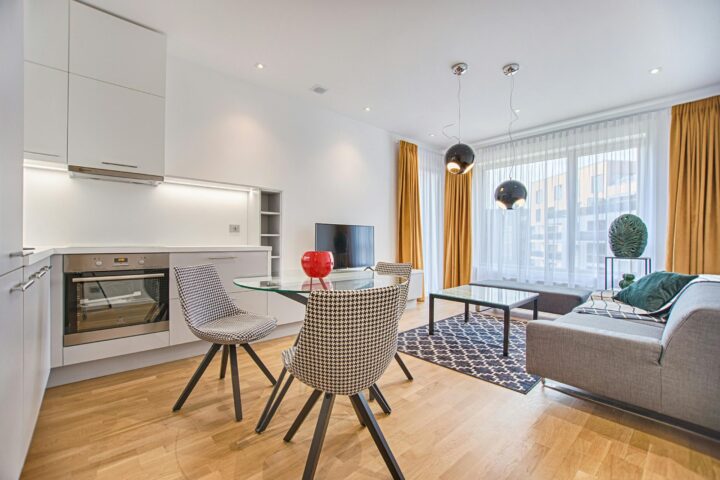
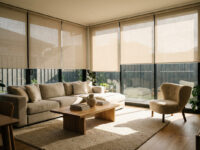
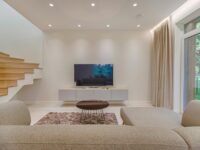
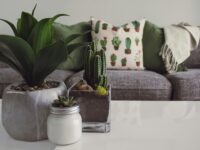
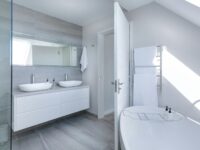











With its vibrant graphics and dynamic gameplay, Moto X3M guarantees hours of fun.